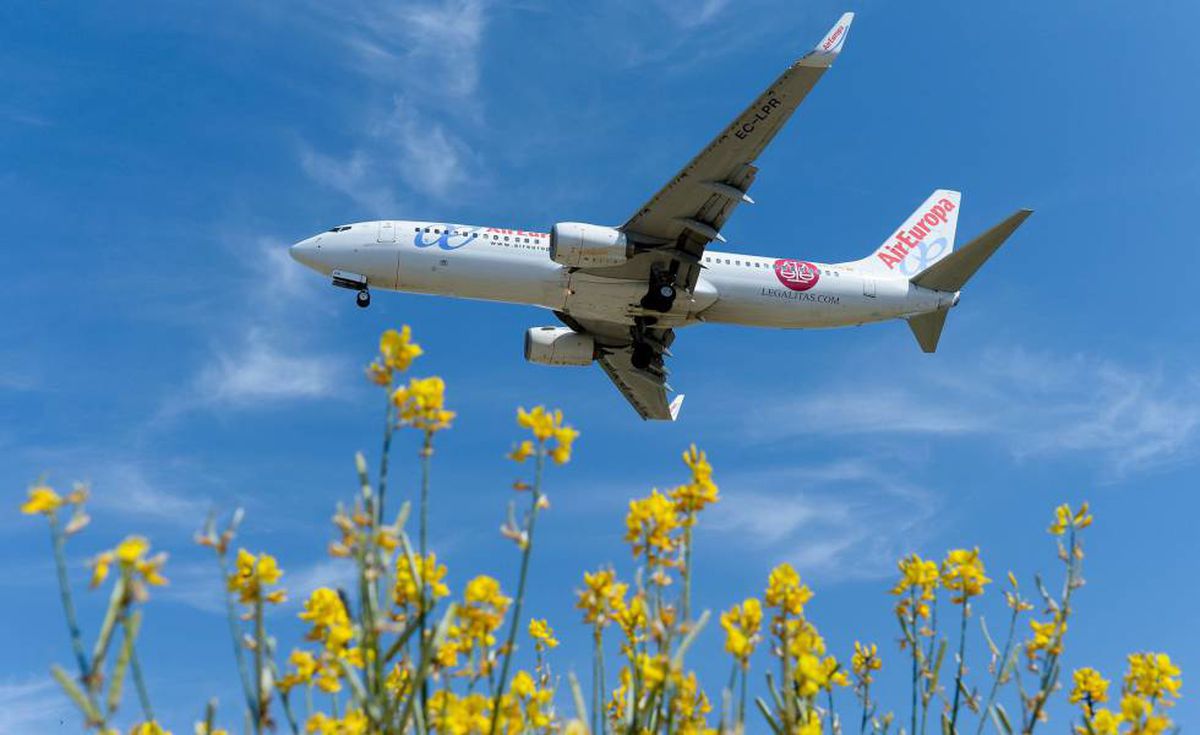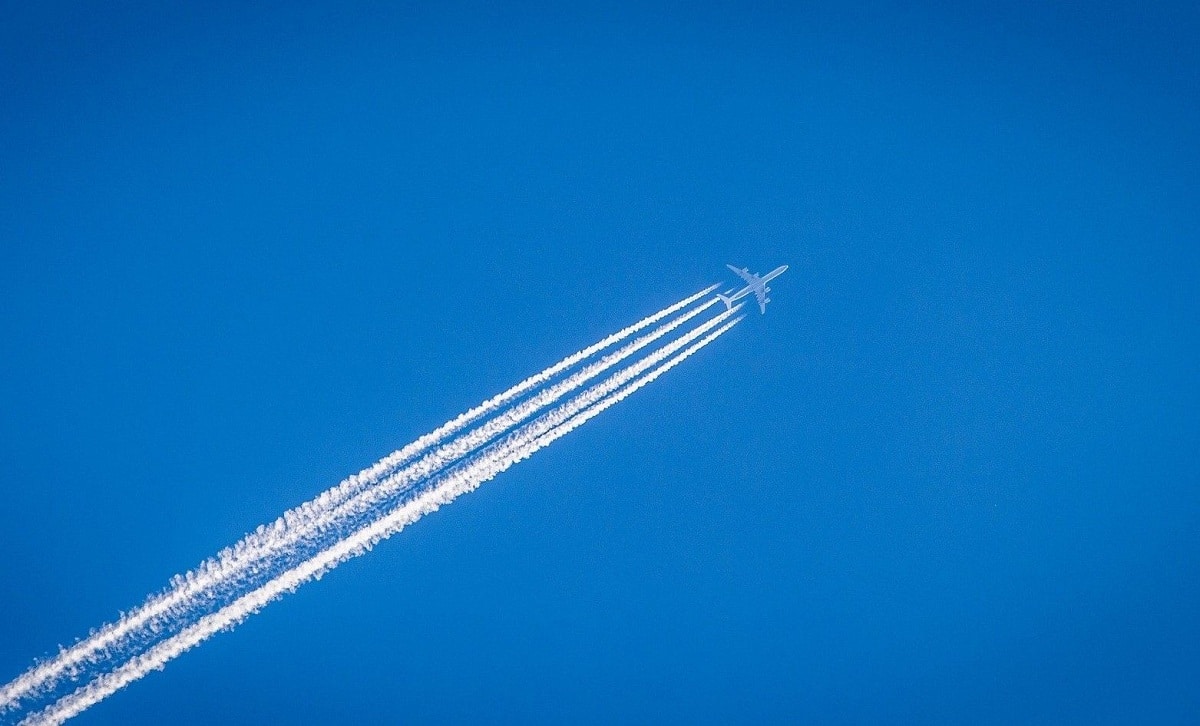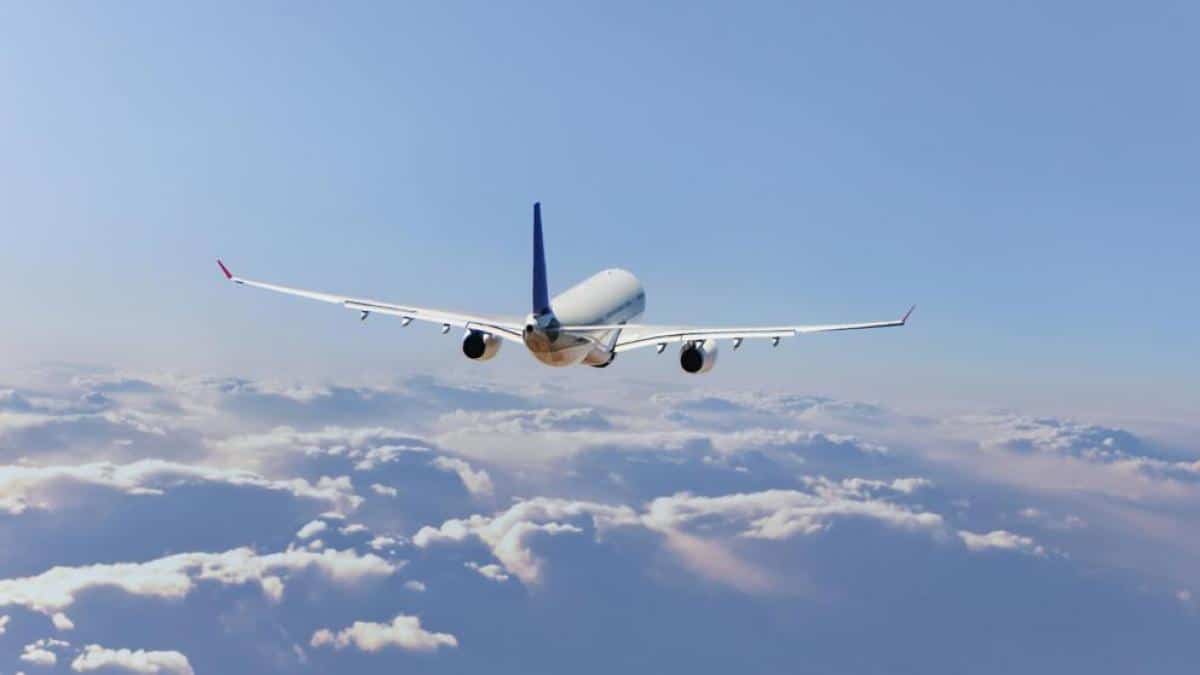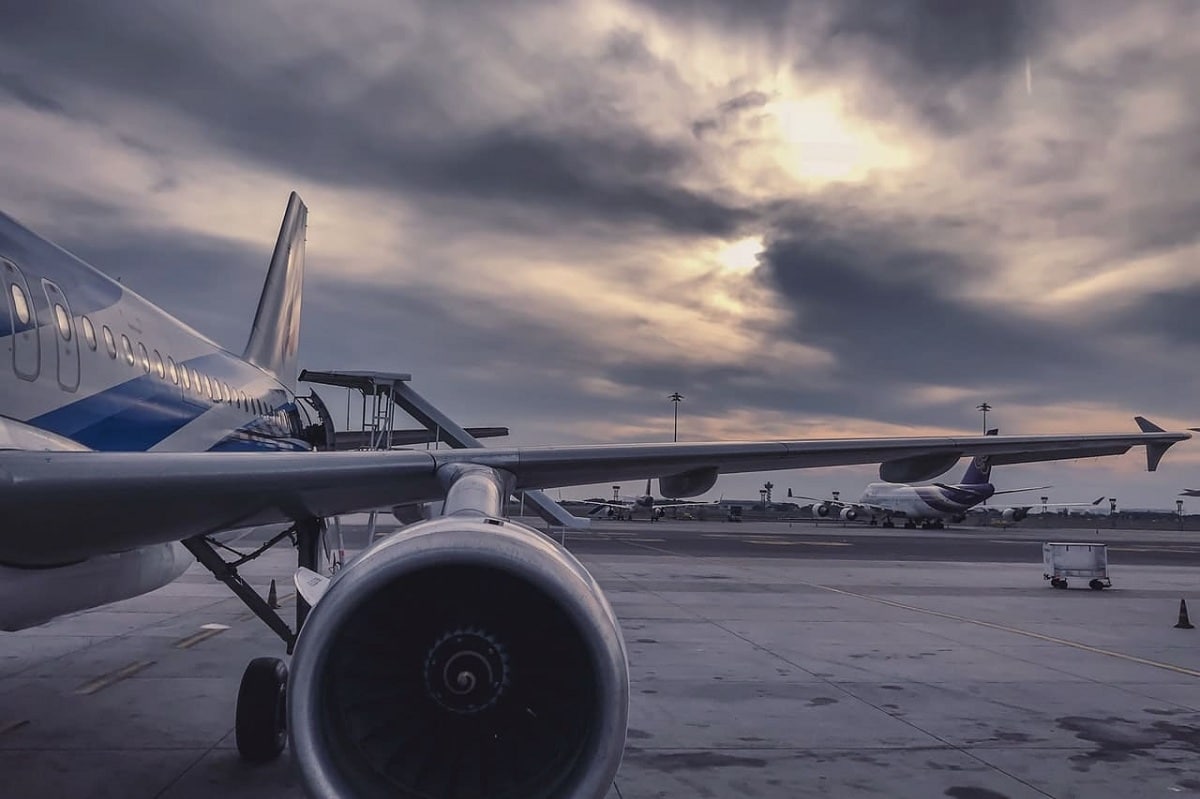
Although we are in the year 2022 there are still many people who do not understand Why do airplanes fly. The human being has wanted to be able to cross the skies and travel with greater speed to be able to explore all the corners of our planet. Thanks to science and studies in physics it has been possible to carry it out and today airplanes are really important in our lives.
In this article we are going to explain to you why airplanes fly and how that conclusion was reached.
Why do airplanes fly

The simplest answer is to say that airplanes can fly because they are designed to fly. As well as a transatlantic of more than 100.000 tons has a shape and an interior design that allows it to stay afloat, an airplane has a shape that allows it to stay in the air. It's nothing magical. The strange and amazing thing is that airplanes can't fly the way they do. The key to its shape are the wings and their design.
A slightly more complicated answer is to say that the airplane owes its flight to the flow of air through the wings. Then we can already deduce that for an airplane to fly, air flow is required, or the same, speed relative to the air.
Airplanes fly under a variety of forces in the horizontal and vertical planes.. For an aircraft to lift, the force generated by the vertical axis (lift in aeronautical parlance) must exceed the weight of the aircraft. On the other hand, on the horizontal axis, due to the engine exhaust gases, the action-reaction principle occurs, generating a forward force that overcomes air resistance. When an airplane climbs at a constant speed and reaches its cruising altitude, this is because a balance of forces is achieved both on the vertical axis (lift equals weight) and on the horizontal axis, where lift equals weight. to weight. Engine thrust is equal to the drag provided by the air.
Why do airplanes fly: basic principles

The magic happens when you gain lift. There, we have to explain his set of principles. Basically, lift is achieved through the wings of the aircraft. If we cut them we will obtain what is called a wing profile, the part that has the wing inside.
From an aerodynamic point of view, the section has a very efficient shape. The edge where the air enters when the plane flies is rounded, the rear part of the profile is sharp, and it is also curved at the top (in aeronautical language, this upper part is called the outer arc and the lower part is called the inner arc). ). This curvature of the wing profile means that when the airflow encounters it, it splits into two paths, one part over the wing and the other down. Due to the curvature of the wing, the path that the water must travel is longer than the one below.
There is a theorem, Bernoulli's theorem, which is basically conservation of energy, and says that for this to happen, the airflow from above has to go faster. This means less pressure than the bottom, traveling slower and applying more pressure. The pressure difference between the upper and lower airflows creates lift. Although this lift by Bernoulli's principle does not explain everything the plane needs to climb. To explain the altitude it is necessary to resort to another series of physical principles.
One of them is Newton's third law. Due to the curved shape of the profile, the air from above, instead of following a straight path, is directed downwards. This deviation caused by the profile of the wing in the airflow means that due to Newton's third law (principle of action-reaction), the reaction force is created in the opposite direction, above the wing, which generates more lift. In addition, this lift is increased by an effect known as Coanda effect that applies to all viscous fluids.
The Coanda effect causes fluids to find surfaces in their path and tend to adhere to them. A boundary layer is formed between the wing profile and the air flow as a laminar layer, the first one sticks to the wing and drags the rest of the layers above it. The effect of Newton's third law is further enhanced when the airflow adheres to the profile, the air will flow downward as it adheres to the profile.
Detailed explanation

All of this increases with air speed. At the beginning of the takeoff roll, the aircraft gradually accelerates, so lift increases with speed. You can understand it better with an example. If we put our hands out of a car window, as the speed increases, we notice that the force of the air tends to lift the hands.
But what definitely makes the plane go up is raising the nose, which is called increasing the angle of attack. The angle of attack is the angle formed by the current impinging on the wing profile in relation to that profile. Once the lift increases with the curvature of the wing profile (extending the surfaces it has: forward slats and rear flaps), the tail stabilizer elevators move. This action makes the nose of the aircraft rises. With the nose up, we increase the angle of attack. This has the same effect as when we put our hand out the car window, if we raise our hand in the direction of travel, the hand goes up. All of these work together to lift the plane.
As you can see, thanks to numerous experiments and theories, airplanes have been able to fly and become part of our daily lives. I hope that with this information you can learn more about why airplanes fly.
This was a topic that always kept me motivated to learn, thanks for such important information...